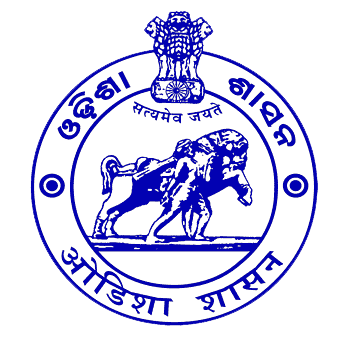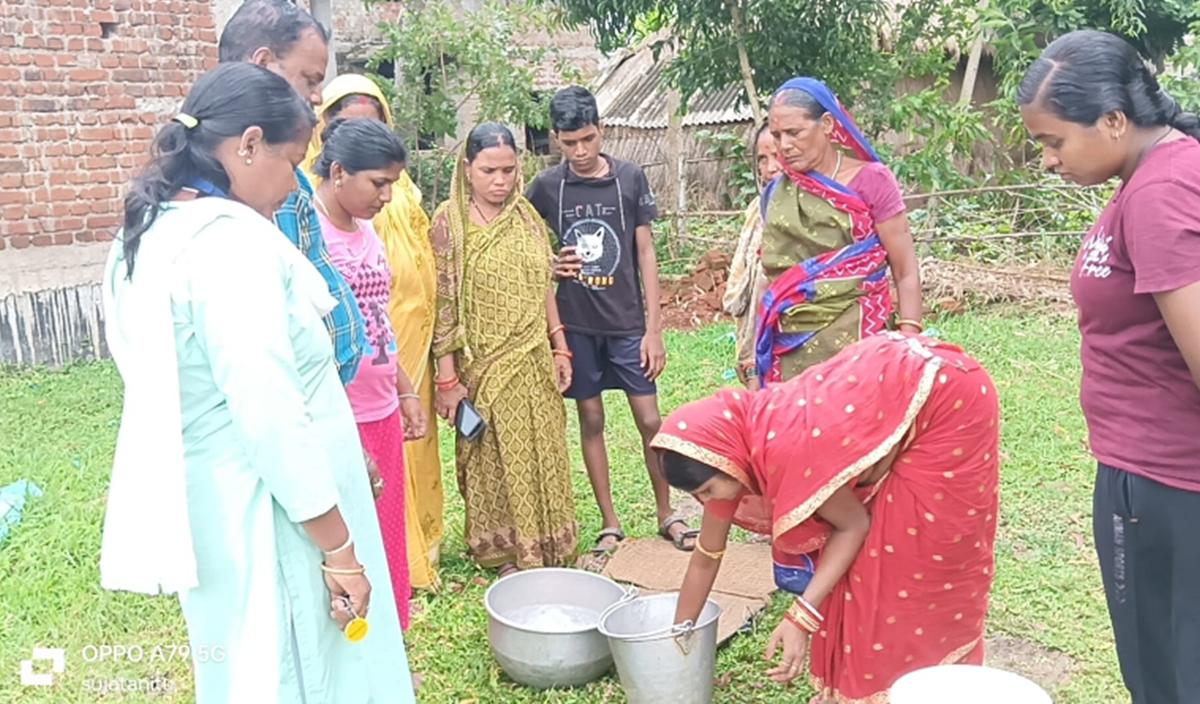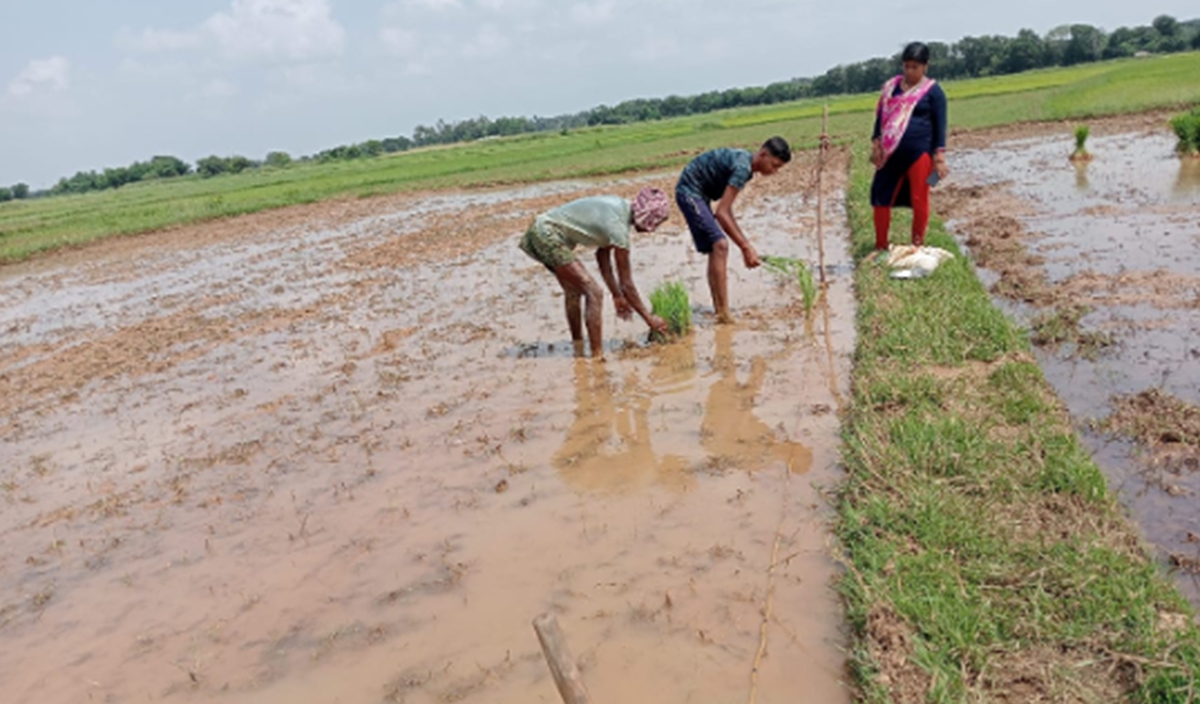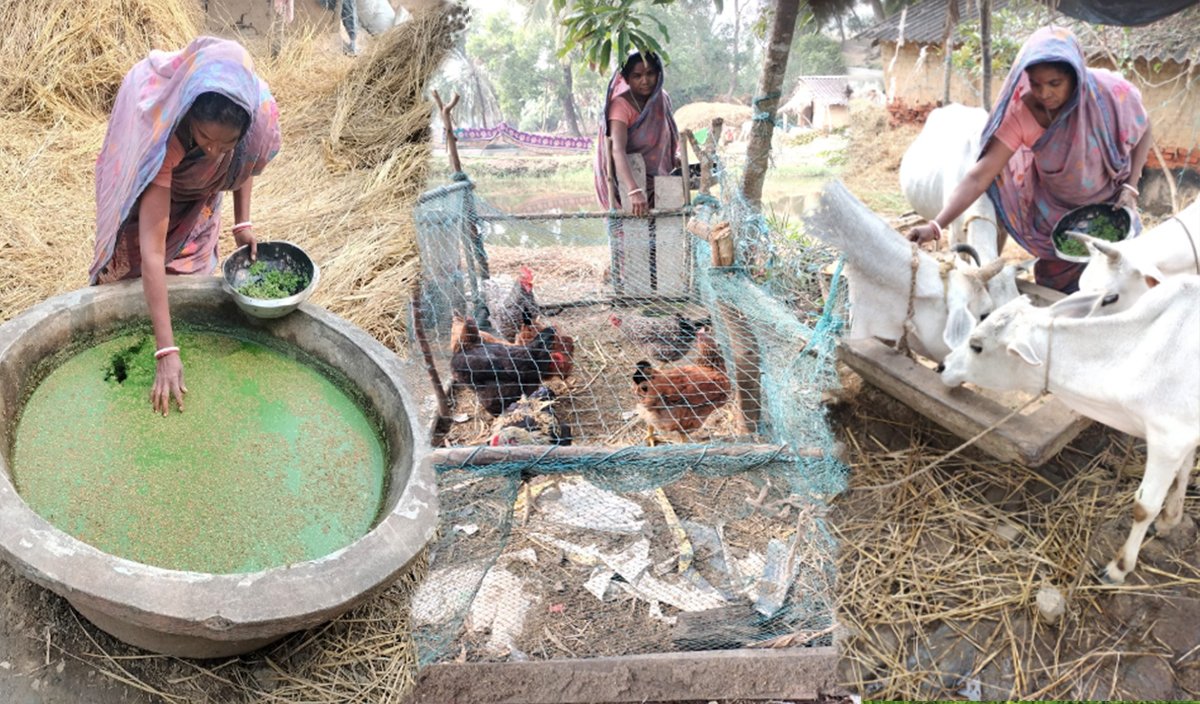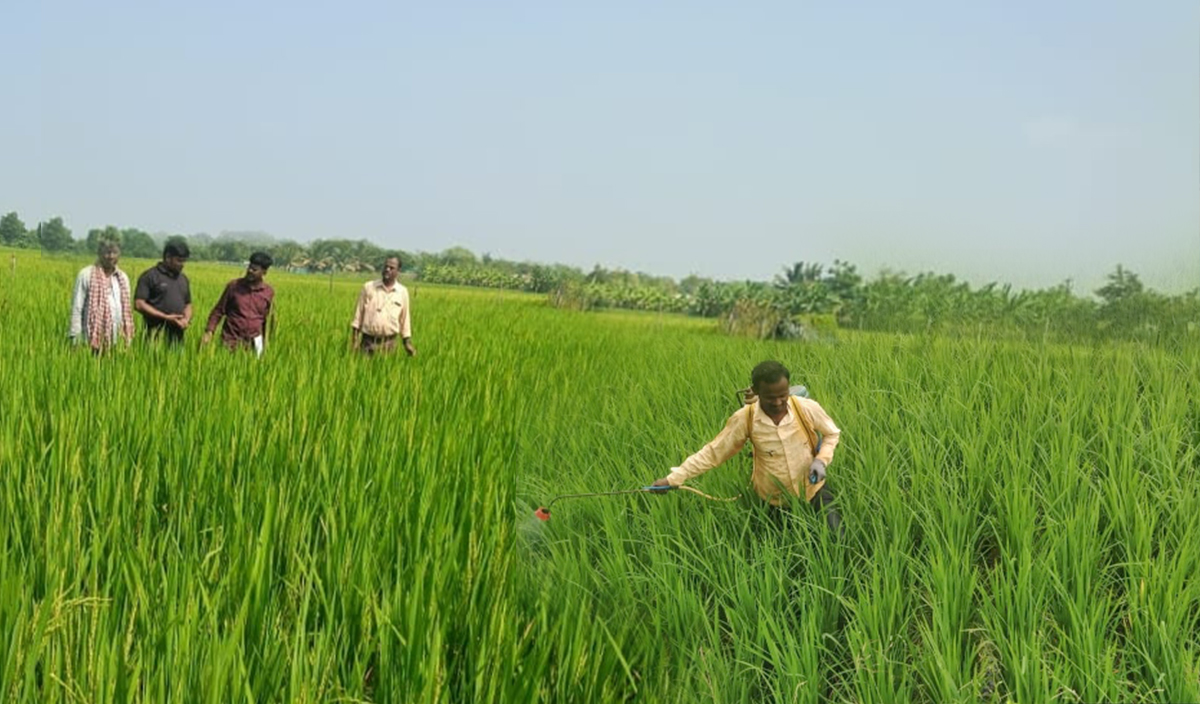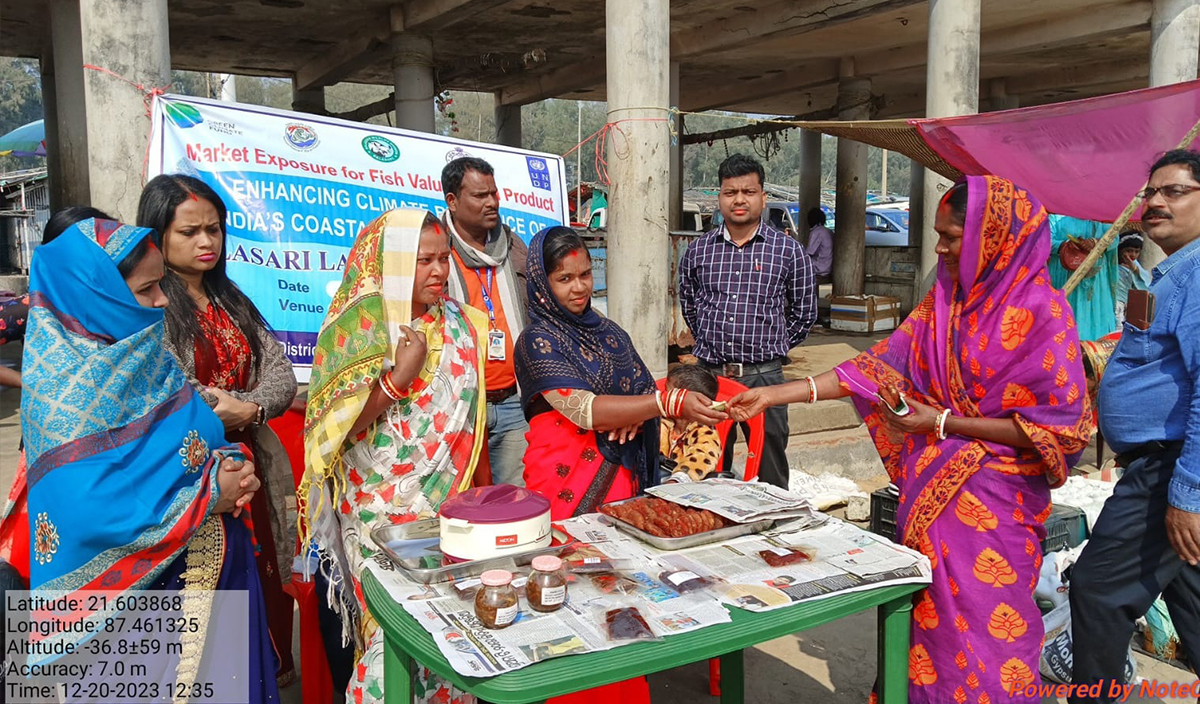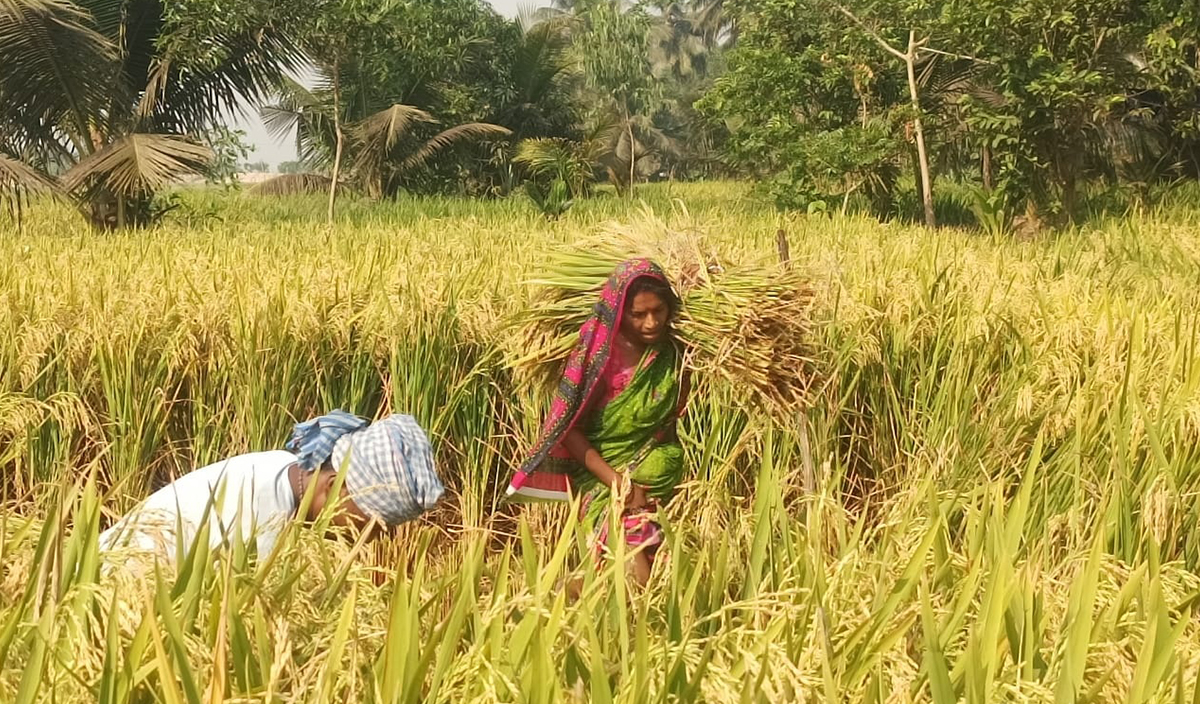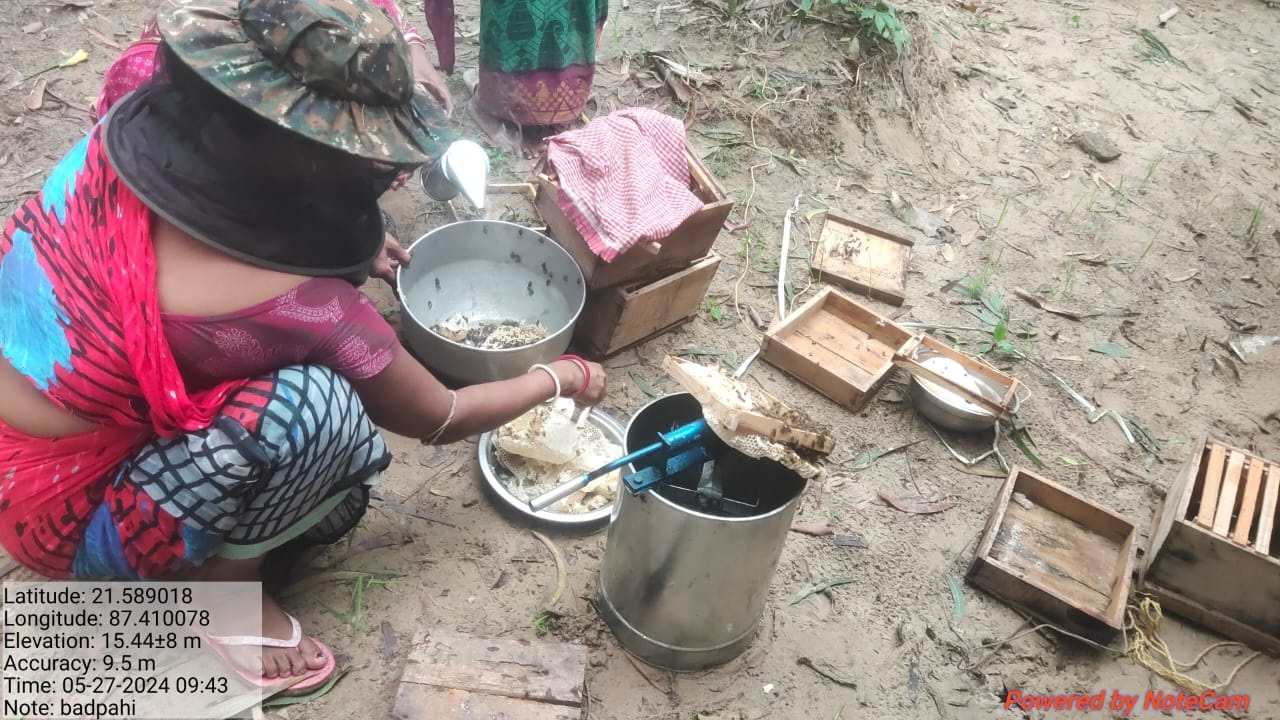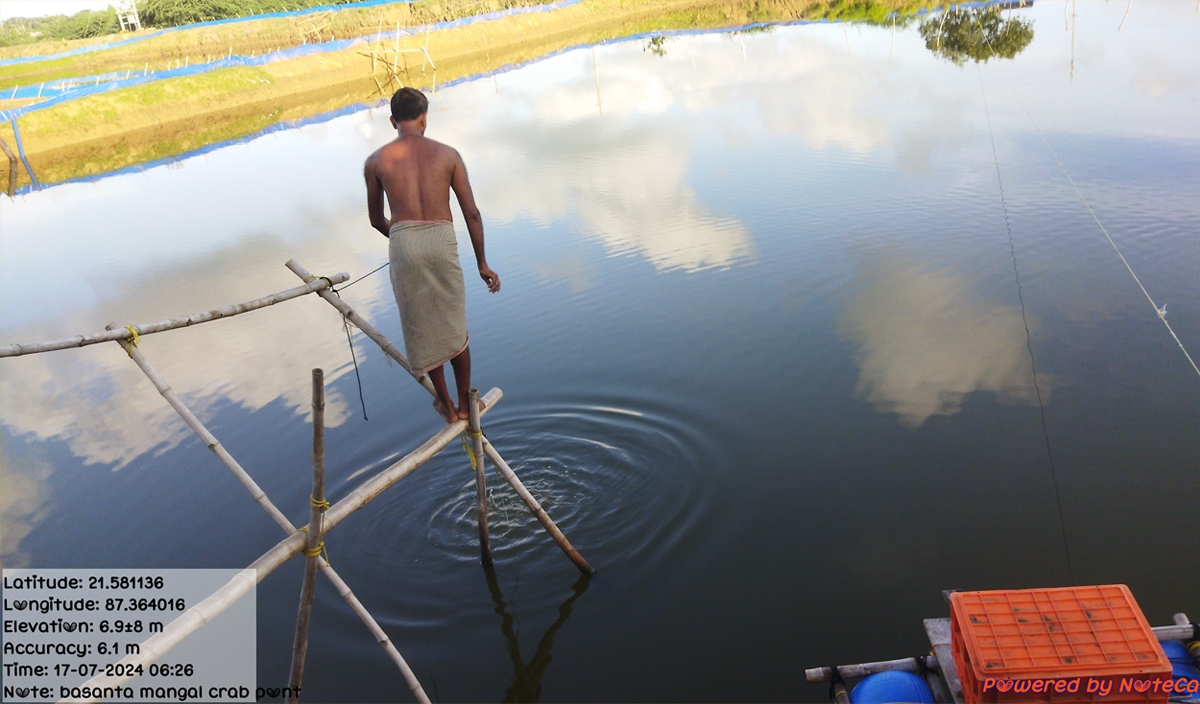Transforming Lives through Convergence Activities under the ECRICC Project
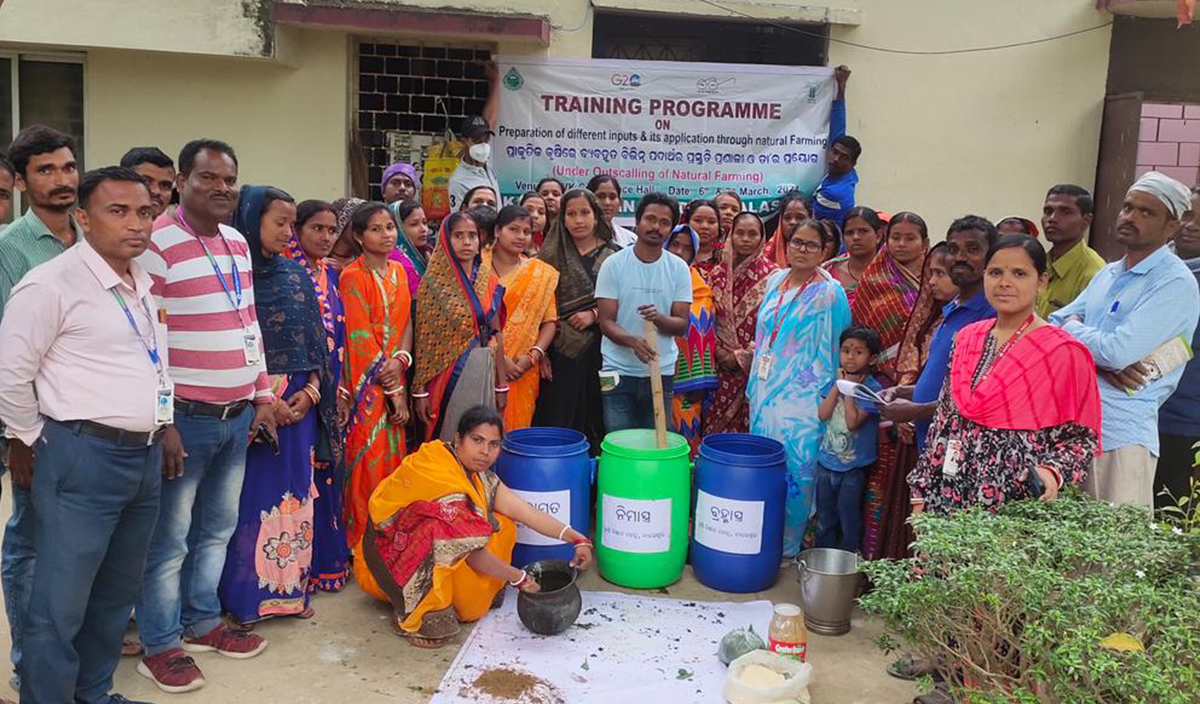
The communities in Balasore, Odisha’s coastal area, suffered from dire environmental and economic problems. Degradation of natural resources, pollution, and overuse of chemical fertilizers made day to day life hard for farmers and fisherwomen. The erratic rainfall, floods and draughts worsened the already dire situation. In these conditions, the ECRICC project brought a breath of fresh air as it worked on a series of convergence activities to provide hope for a more sustainable future.
The Beginning of Change
Like the rest of coastal Odisha, the Balasore villages were struggling. A significant amount of fish waste was being dumped which worsened the already dire environmental problems. With uncontrolled fishing and excessive fertilizer use farming soil began to deeply lose fertility and unsanitary handling of fish waste revealed more health risks. As the weather kept changing, no one knew when the right time for harvesting would be but people felt completely helpless and at the mercy of nature. As the ususal scheme of new government activities called convergence was implemented, the dire conditions shifted with new opportunities.
The Intervention: A Holistic Approach
Understanding competitive problems under one umbrella and solving them simultaneously is what the ECRICC project strived for. The approach was effective due to the country's alignment of different government schemes, as the project was able to provide support to coastal communities and tackle their social, economic, and environmental needs at a singular level.
The ECRICC team, together with officials from relevant departments, organized workshops in which various government schemes were brought to the notice of the villagers. Over 50 villages were scanned and 3,000 people were brought on board to utilize new financial and technical assistance. People were new to the system which is why support was provided to guide them through the documentation and administrative processes.
At the field level, practices including crop rotation and plantation drives were also initiated. In addition to restoring depleted wasteland, the goal of the plantation drives was to foster environmental conservation while crop rotation practices were aimed at increasing soil nourishment.
The Results: A Ripple of Change
The projects wide-reaching impacts were able to create a ripple of great change within the community.
Over three thousand individuals directly received benefits, improving the well-being of over fifteen thousand family members. The rise in family income enabled beneficiaries to allocate funds towards schooling, medical treatment, and other important expenditures, consequently increasing the overall living standards.
Sustainable approaches such as crop rotation helped to minimize the use of chemical fertilizers, which benefitted soil. Furthermore, the planting activities contributed to reducing environmental pollution and rehabilitating the region's ecosystem.
As noted above, the project was also instrumental in facilitating the active participation of marginalized groups, especially among the Scheduled Castes, in development initiatives undertaken by the state. This not only improved the social participation of these people, but also provided additional economic and social benefits to them.
One Voice of Change
One beneficiary group reported, “We are very happy after getting the benefits and learning about the Government schemes and the programs provided. We are thankful to the whole supporting ECRICC team for their assistance and relevant coordination.” Their gratitude showcased the positive outcomes of enjoyment of the benefits that convergence activities brought.
Overcoming Challenges
The project had its own share of challenges as well. Obtaining participatory support, funding the activities, and accessing subsidies on time did not come easy. But the ECRICC team did not lose focus and worked hand in hand with the community through communication, sensitization, and great delivering. Because of these attempts, the communities almost fully accessed the governmental schemes' benefits.
A Model for Sustainable Development
The activities’ convergence in the ECRICC project created a sustainable integrated development model. The linkage of government and community project resources achieved environmental sustainability, social inclusiveness, and economic empowerment of the region. It has been a positive example of how government, NGOs, and local communities can work together for real change.
The ECRICC project in Balasore exposes the fact that mobilizing ample resources can aid entire communities for development. It amplified the fact that tackling multi-dimensional environmental and social problems is possible through collaboration. Thus, the gradual convergence of such efforts is transforming the plight of these coastal villages for the best.

